The International Space Station is now more than two decades old. And while primary construction of the orbiting laboratory ended a little more than a decade ago, before the retirement of NASA's space shuttle, the station has continued to evolve with smaller modules and an ever-changing array of visiting spacecraft.
Over this time the station has begun to show its age, being exposed to the extreme hot and cold temperatures of space, a vacuum environment, and micrometeoroid debris. For more than 20 years, these harsh conditions have worn on the station, inducing stress fractures and other damage.
Following the space shuttle's retirement in 2011, NASA lost the ability to fly humans around the station to catalog these changes with highly detailed photographs. But thanks to the emergence of SpaceX's Crew Dragon vehicle, astronauts have started circumnavigating the station once again after undocking and before heading home.
Most recently, the Crew 2 mission led by NASA astronaut Shane Kimbrough undocked from the space station on November 8, and the crew was able to capture multiple views of the space station. NASA's Johnson Space Center recently posted the photos on its Flickr page.
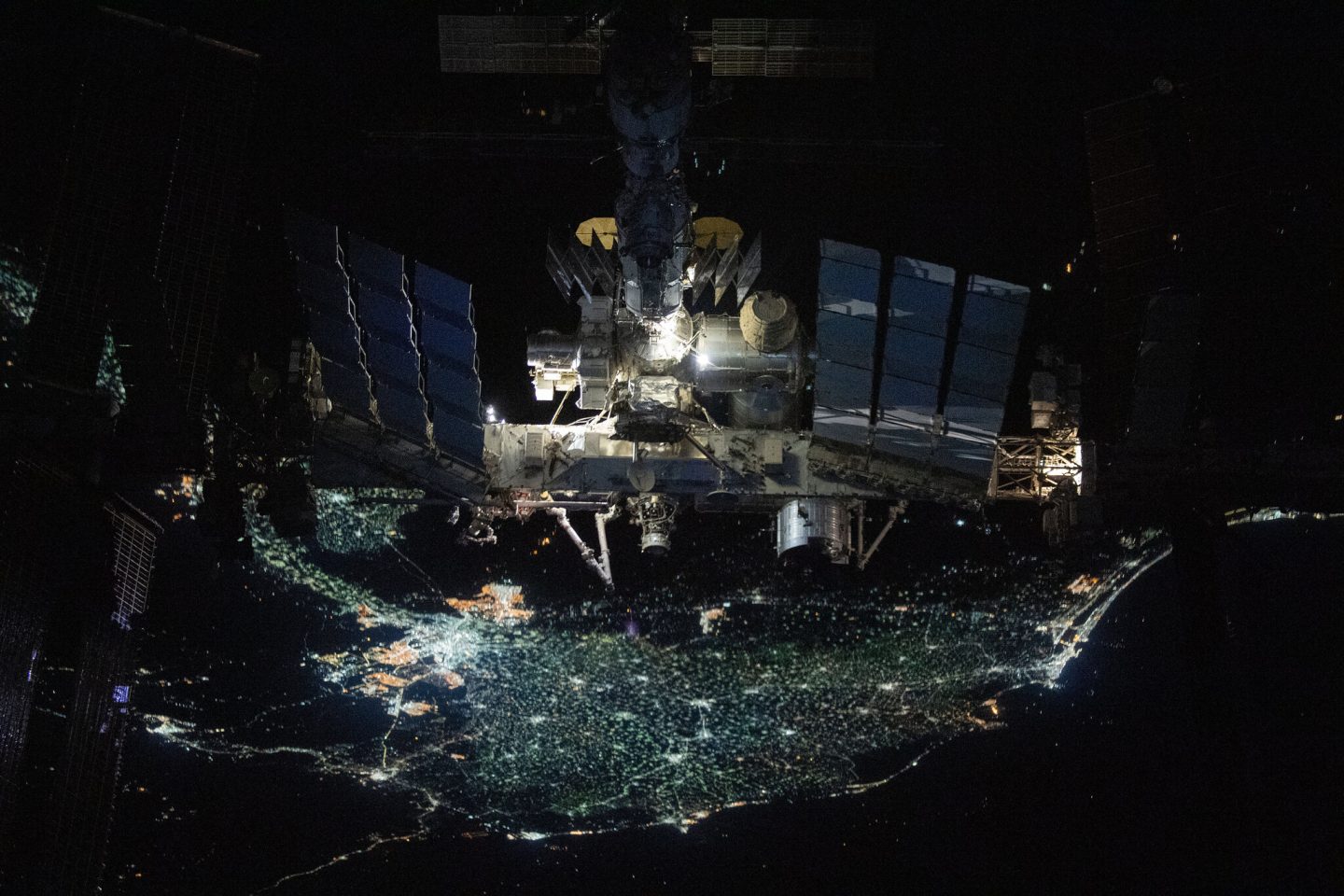
The orbital complex was flying over 250 miles above the Nile Delta in Egypt when this photograph was taken.

The view of the station from inside Crew Dragon.
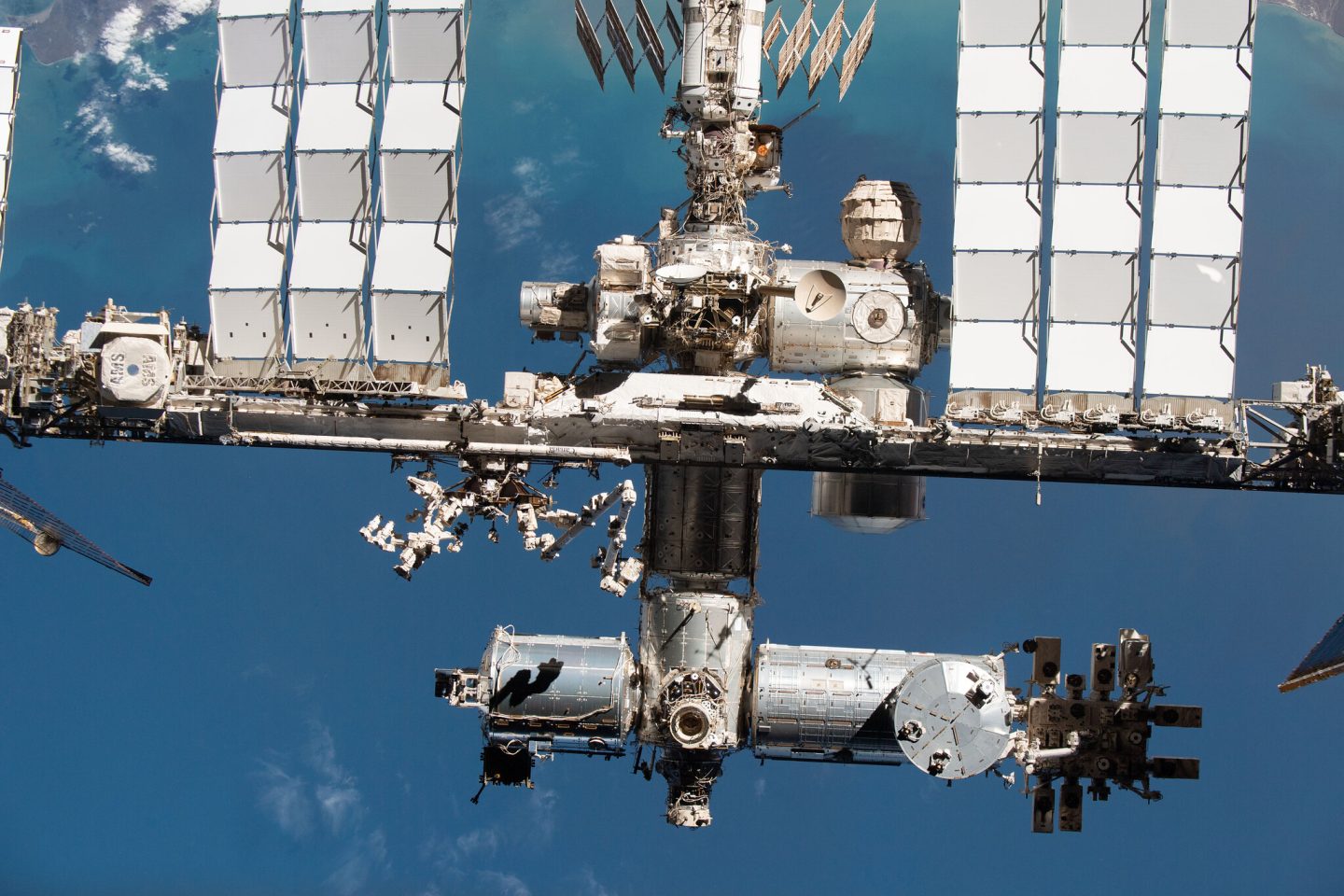
The station's US segment and portions of the Russian segment are pictured. In addition to the modules where astronauts live and work, several external structures are visible including large white radiators extending from its integrated truss structure and the Alpha Magnetic Spectrometer-2 seen on the far left.
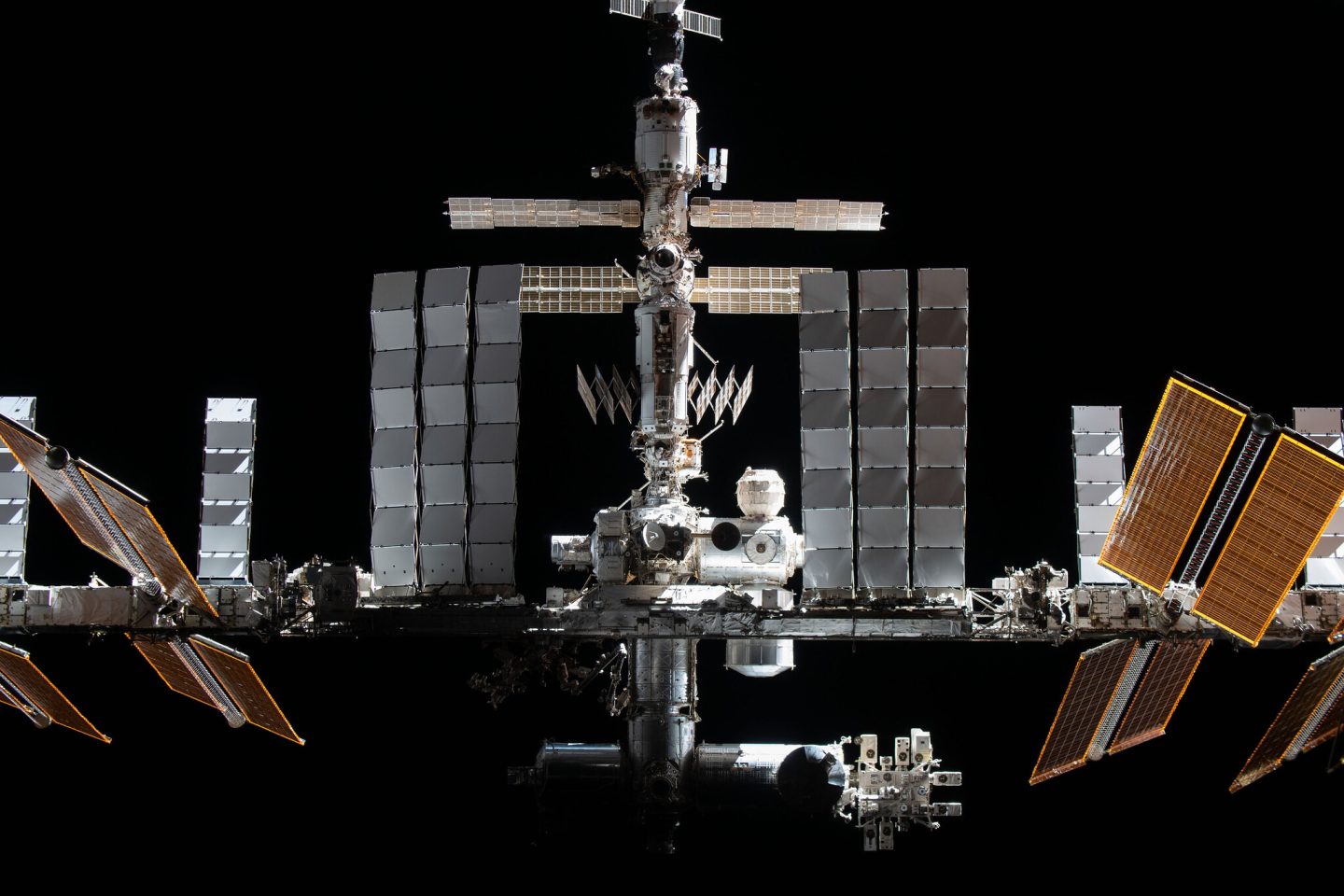
This view shows the habitable volume of the station (modules arranged vertically through the center) along with white radiators used to dissipate heat and the large solar arrays used to generate electricity.
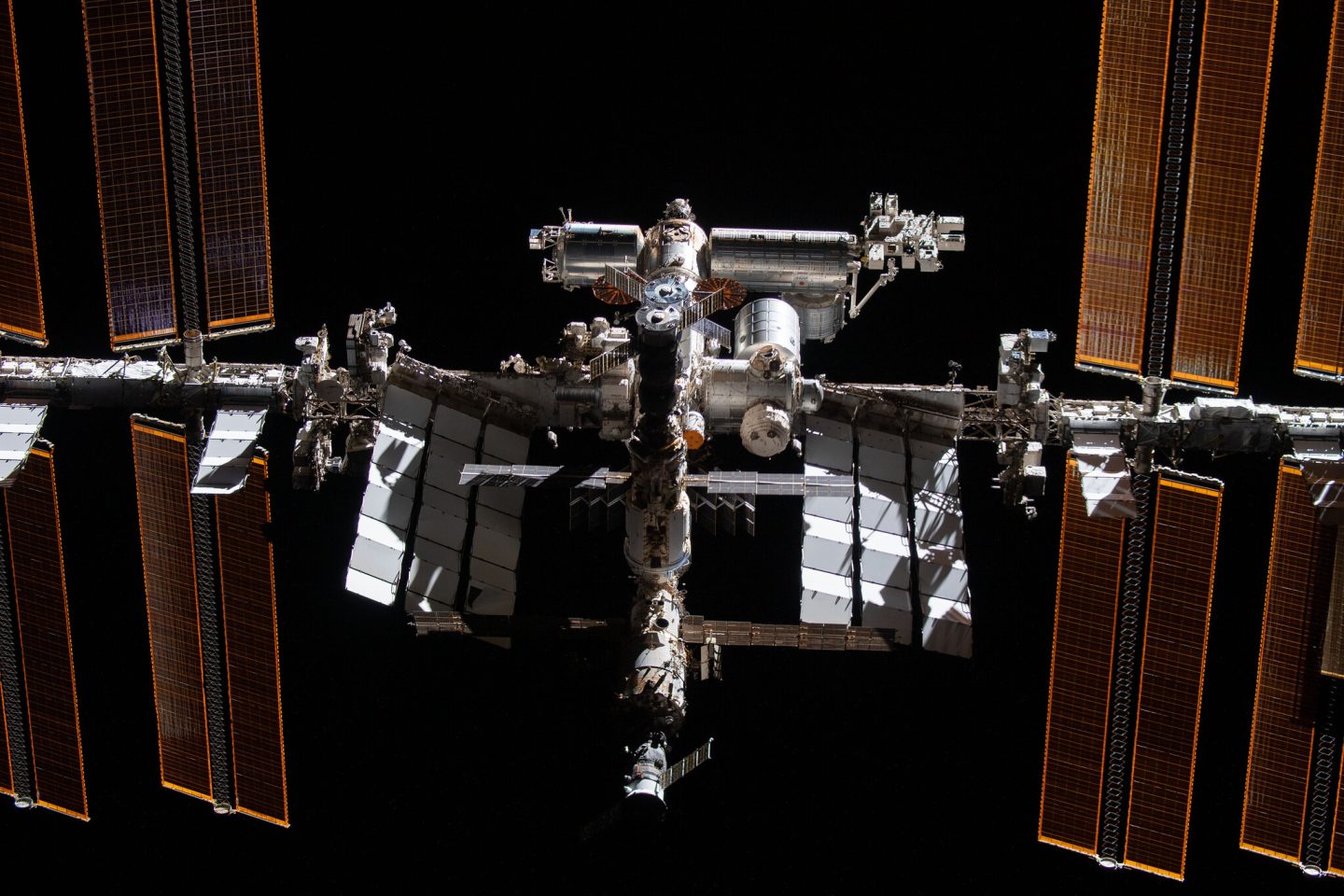
A good shot showing the scale of the station's new solar arrays.
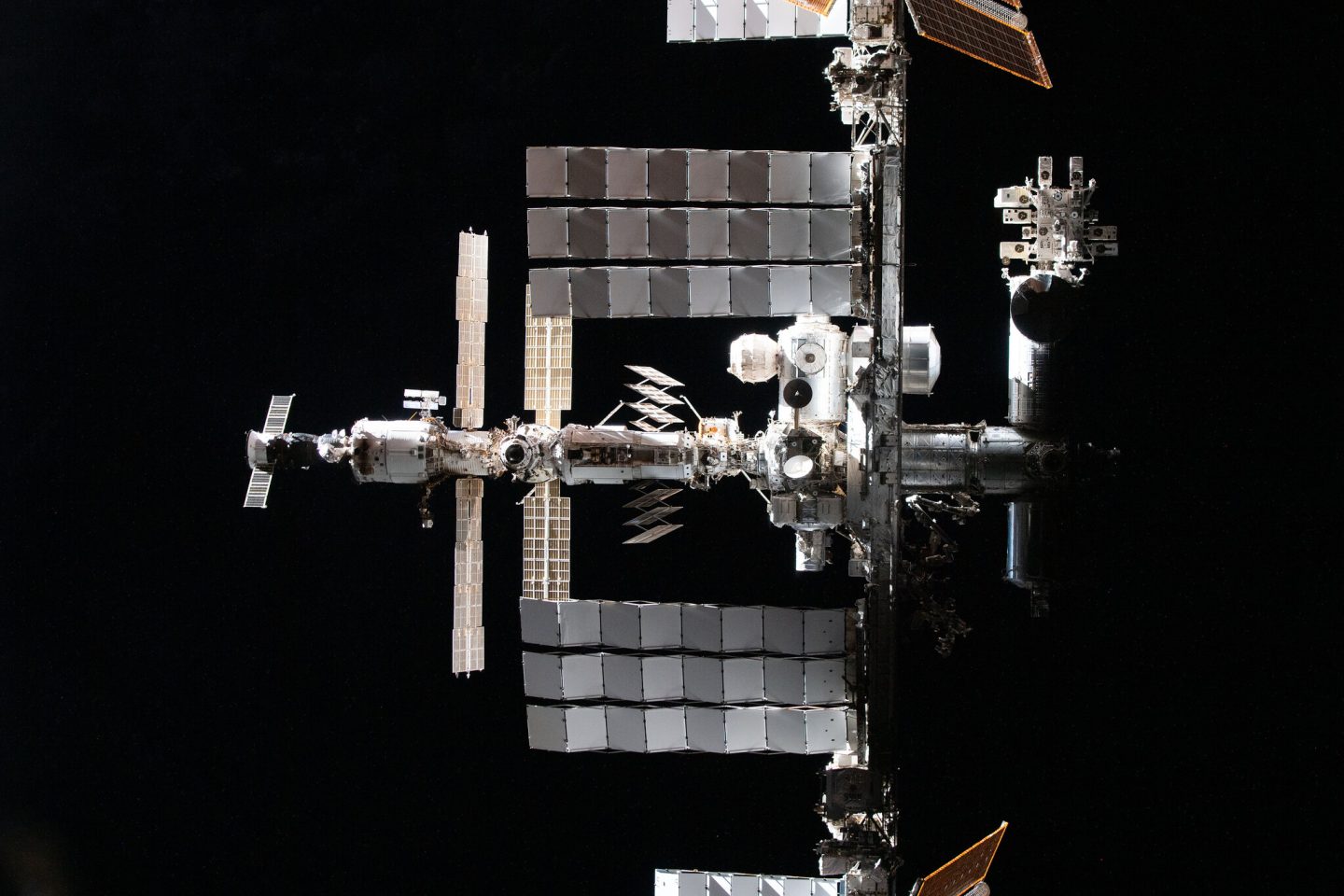
The Bigelow expandable module can be seen in the middle of this image.
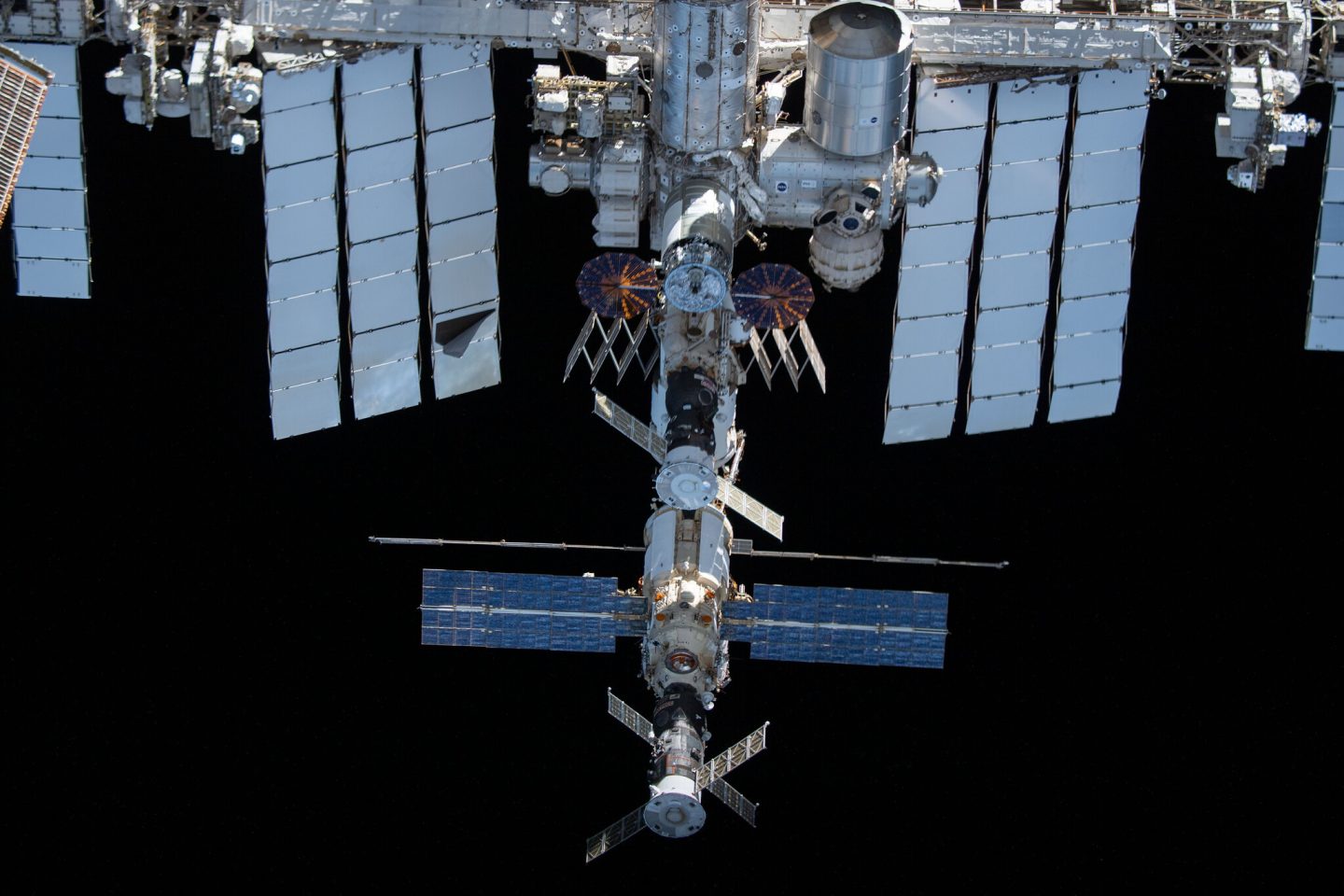
Prominent in this view are the Progress 78 cargo craft, the Soyuz MS-19 crew ship, and the Northrop Grumman Cygnus resupply ship.
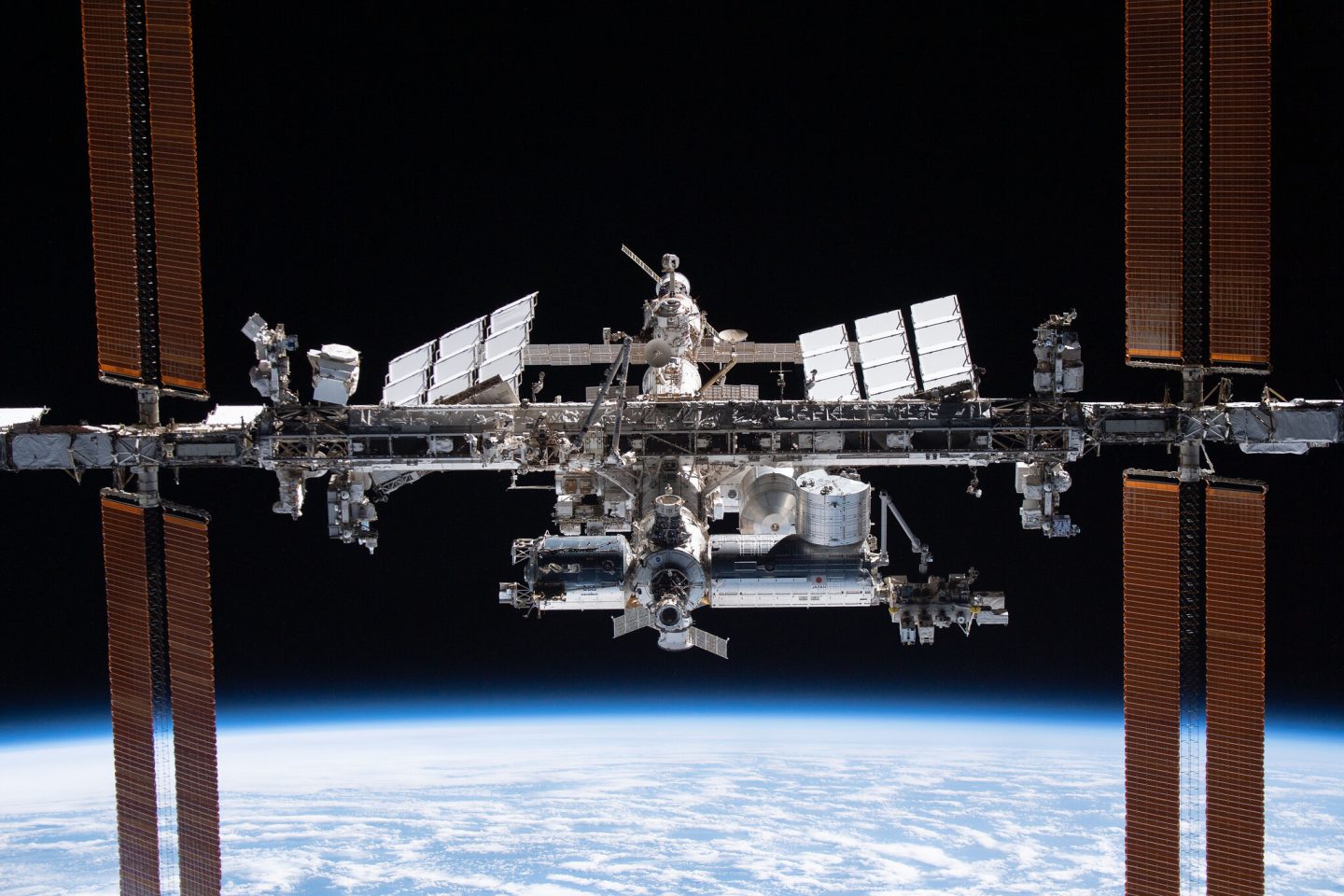
The orbital complex was flying 263 miles above the Marshall Islands in the Pacific Ocean when this photograph was taken.


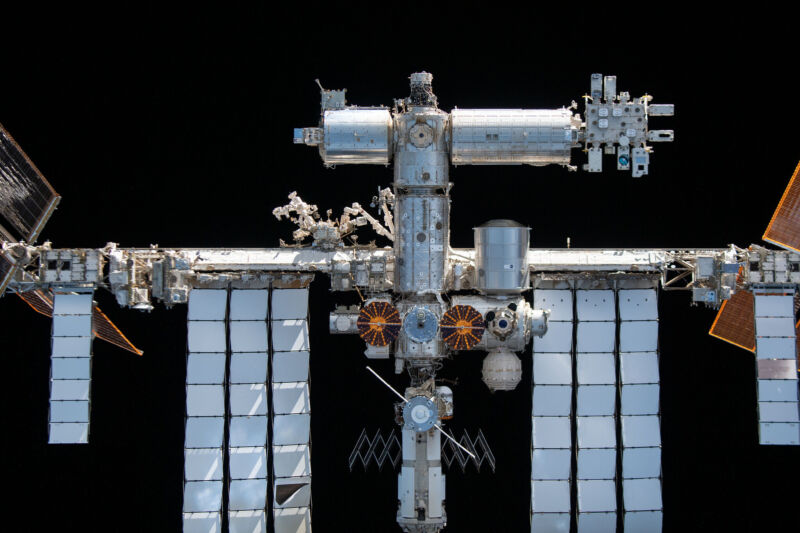
3175x175(CURRENT).thumb.jpg.b05acc060982b36f5891ba728e6d953c.jpg)

Recommended Comments
There are no comments to display.
Join the conversation
You can post now and register later. If you have an account, sign in now to post with your account.
Note: Your post will require moderator approval before it will be visible.